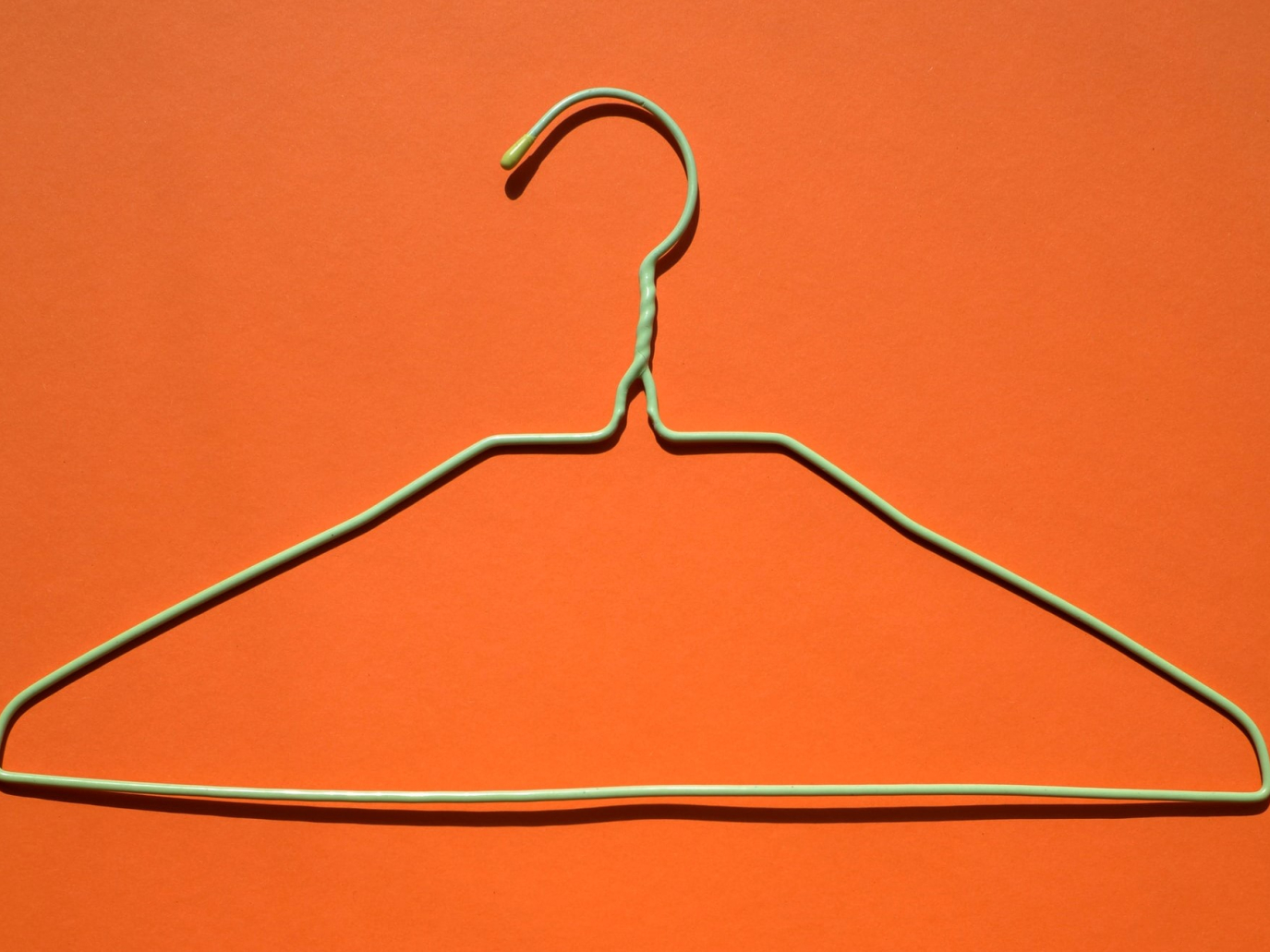The rental of clothes is one of the circular business models that could make the fashion industry more sustainable. However, a Finnish study aimed at calculating the carbon footprint of the practice has cast doubt on its actual environmental benefits.
An immense wardrobe, with everything from a high-fashion dress to a t-shirt, from a tuxedo to hiking boots; an inexhaustible choice of outfits for every occasion, always new and different, from which to choose. This is not the dream of an insatiable fashion blogger, but rather a concrete and accessible possibility offered by a circular business model that, for a few years now, has been taking hold in the clothing sector as well: rental.
Clothes-as-a-service is obviously not just a way of fulfilling the desire to change one’s look at will. Moving beyond ownership of a single item of clothing taking the fullest advantage of its use-life through sharing means reducing the production of new clothes. This saves resources and avoids waste, pollution, and emissions. To put it simply, it means contributing to the sustainability of the sector.
However, in contrast with what seemed to be a rather intuitive assumption, a study by a group of Finnish researchers was published last summer that reached an unexpected conclusion: in terms of carbon emissions, renting a pair of jeans seems to have a greater impact than buying them and then disposing of them in a landfill.
Obviously, things are a bit more complicated than what many newspapers announced a few months ago, discrediting a still-immature business model that undoubtedly could be improved but still has great potential. The Finnish research and the uproar it caused were nevertheless responsible for implicitly asking the same question to everyone in the sector: up to what point is it possible to trust the metrics we have to measure sustainability and circularity?
Rental is the New Black
In June 2021, Carrie Symonds garnered a lot of media attention, not just for her marriage to Boris Johnson but also because she acquired both her wedding dress and the elegant clothes she wore at the G7 through clothing rental services. And Symonds is definitely not the only celebrity to have rented clothes for social occasions and then publicly boasted about it.
If English tabloids are a mirror of society, the UK First Lady’s clothes say a lot about how modes of consumption are changing in the world of fashion. Rental, in particular, is an especially hot topic. Despite the slowdown caused by the pandemic (which was predictable, given that lounge-wear and slippers was the preferred look throughout lockdown times), the clothing rental market has been on a steady upward trend that, according to some observers, will see 10% yearly growth and surpass 7 billion dollars by 2025 (source: Statista.com).
Rental models are highly varied: there are physical stores and online platforms; services specialising in formal wear and unique high-fashion pieces; shops that offer vast assortments of t-shirts; there are subscription packages that allow users to choose a certain amount of garments each month or one-off rentals; there is even a kind of social network for clothes owners to communicate with people interested in renting. In any case, this is a convenient formula for users and companies, which in principle have the opportunity to multiply income streams for each individual garment, thus reducing the need to manufacture and sell more and more new products.
So, everyone’s happy then? Not so much, according to LUT University in Lathi.
Rental or Landfill?
The report, titled “Innovative recycling or extended use? Comparing the global warming potential of different ownership and end-of-life scenarios for textiles”, was published in Environmental Research Letters in May 2021. The group of Finnish researchers that authored it, led by Jarkko Levänen, is part of LUT University, one of the best-rated in Europe in terms of climate studies. The report had the precise goal of measuring the Global Warming Potential (GWP) of different clothing consumption models.
For their analysis, the researchers chose what is probably the most common garment in Western nations: a pair of jeans. Climate impacts were compared across five different scenarios: BASE, meaning purchase and disposal in a landfill; REDUCE, involving prolonged use compared to the average; REUSE, meaning second-hand sale or another type of reuse; RECYCLE, which is the industrial process of recycling the raw materials; SHARE, which corresponds to the various product rental or sharing models. As might be intuitively guessed, REDUCE and REUSE were the scenarios with the smallest carbon footprint. Surprisingly, the scenario with the greatest carbon footprint was the one involving forms of sharing the jeans, such as rental. “The SHARE scenario succeeds in intensifying the utility rate of a product, but there is a high risk that it would increase consumers’ mobility, which would translate into high extra emissions,” the report states.
The CO2 scales, therefore, seem to tip towards the landfill.
Beyond Metrics, the Human Factor
Before throwing the baby out with the bathwater, it is worth picking up a magnifying glass and looking further into the details of the findings. First of all, it has to be noted that, as in all studies of this kind, the research assumes more or less arbitrary parameters that, if changed even minimally, can drastically alter the final outcomes. For example, it is hypothesised that jeans are worn an average of 200 times before being disposed of, while the global average for garment use has actually fallen to 120 times. Some may counter that jeans, of all the clothes we have in our wardrobes, are the ones worn most often, but what is also true is that almost no one rents them and instead, in most cases, rental is used for clothes that, if purchased, would be used just a handful of times in someone’s life.
Another debatable assumption is the fact that the collection or delivery of a rented garment involves extra emissions due to transportation. The problem could be serious, especially when considering online services that provide home deliveries, but alternative forms of transport to cars should also be considered. In fact, the Finnish researchers also designed an alternative scenario in which sustainable mobility drastically diminishes the emissions of rental, bringing it down to the level of reuse.
More generally, the research openly states that it does not consider other environmental impacts aside from greenhouse gas emissions, such as, for example, water use, biodiversity loss linked to the production of raw materials, the use of toxic chemicals, the production of waste, and pollution. The jeans use scenarios were thus analysed only through the LCA (Life Cycle Assessment) standard, which has been criticised on other occasions for being overly focused on the product and not enough on the processes, and especially because it in no way considers the most important factor in a business and consumption model: human behaviour.
All in all, while clothing rental is a relatively new and certainly perfectible system, the metrics through which we try to measure environmental benefits should be constantly updated and be up for debate, perhaps integrated with some degree of human sciences. Otherwise, we risk arriving at a paradox where we are meant to prefer landfills.
Image: Andrej Lisakov (Unsplash)
Download and read the Renewable Matter issue #39 on Circular Fashion



